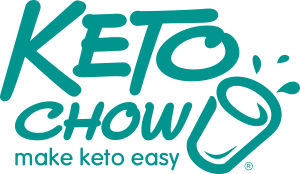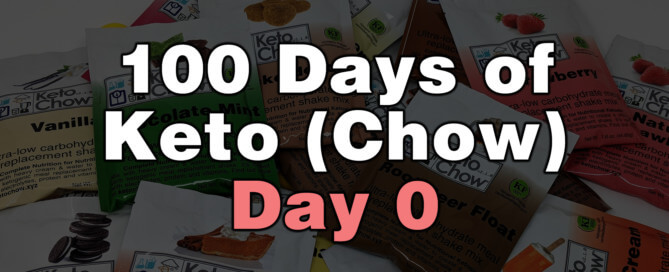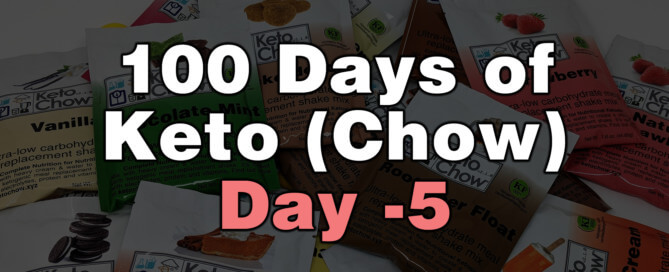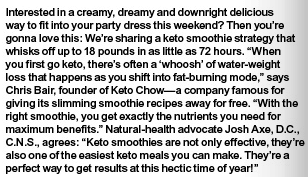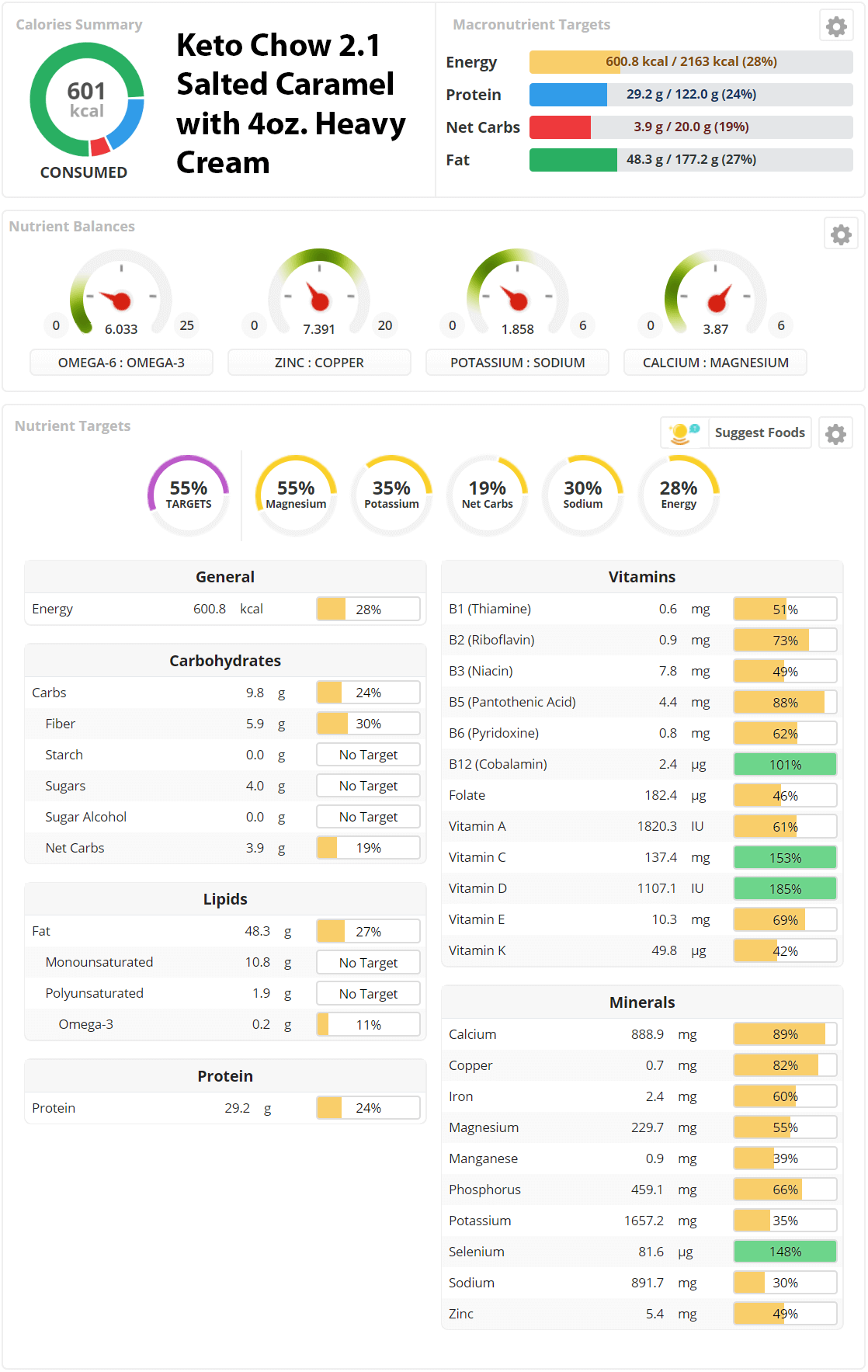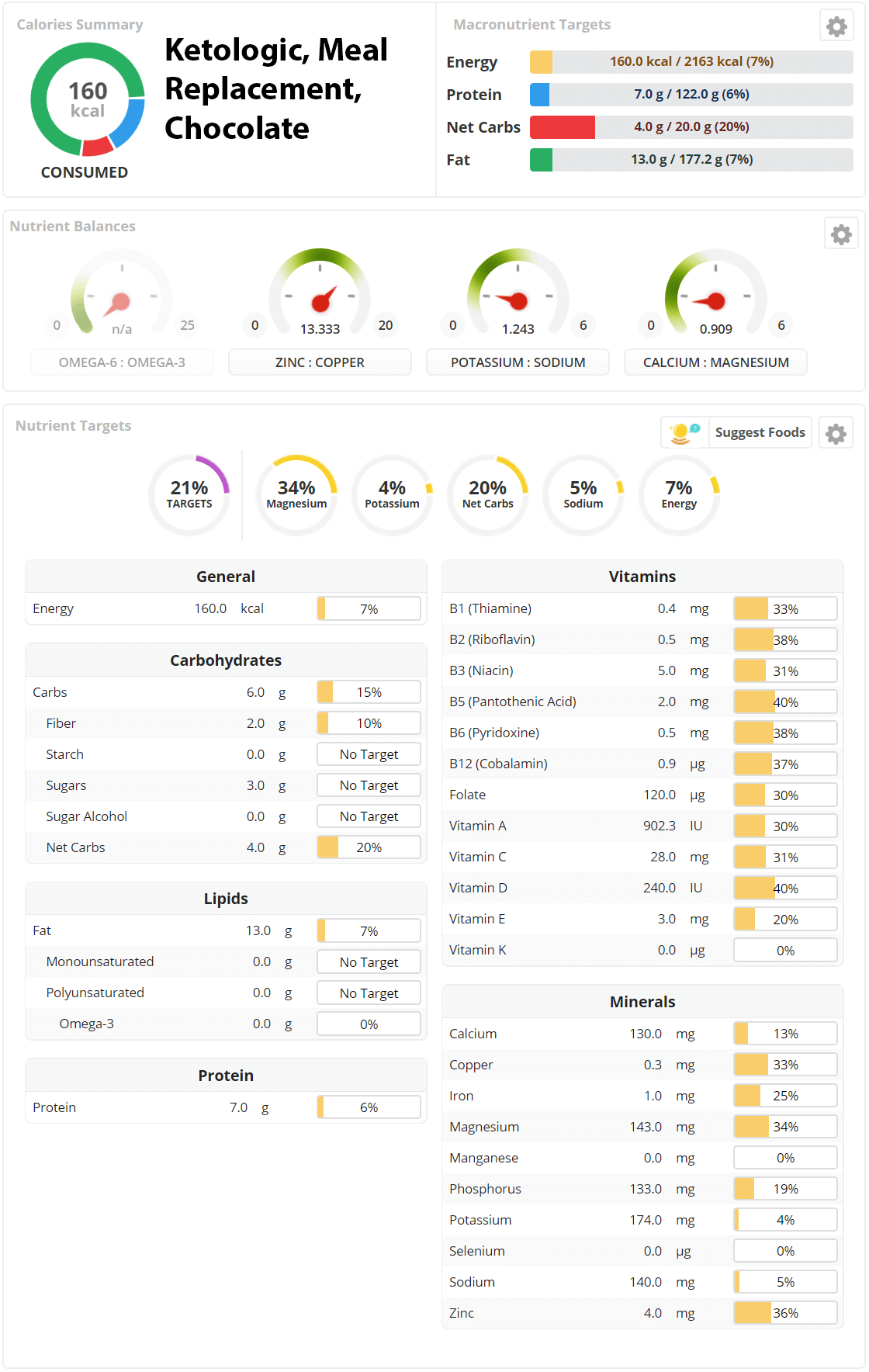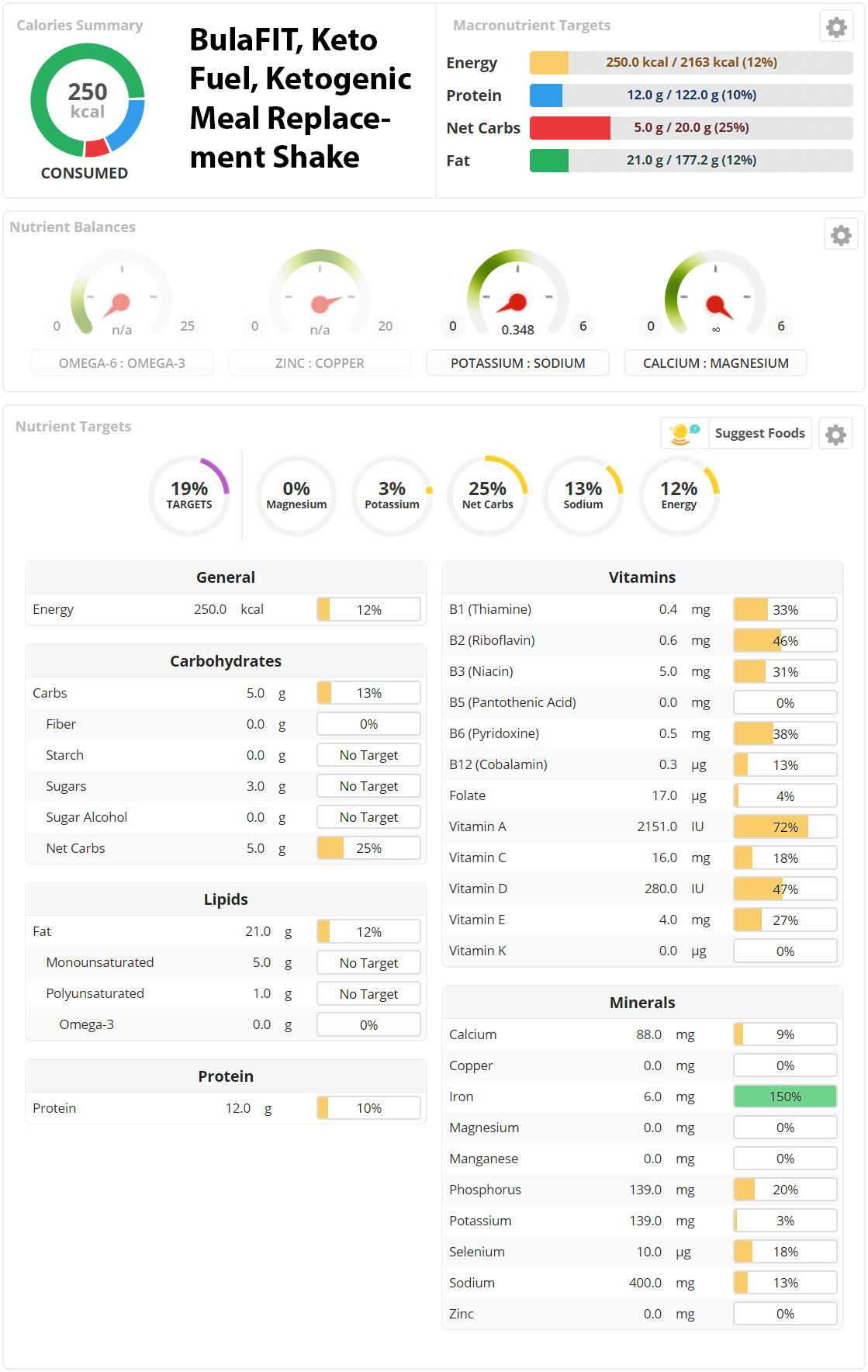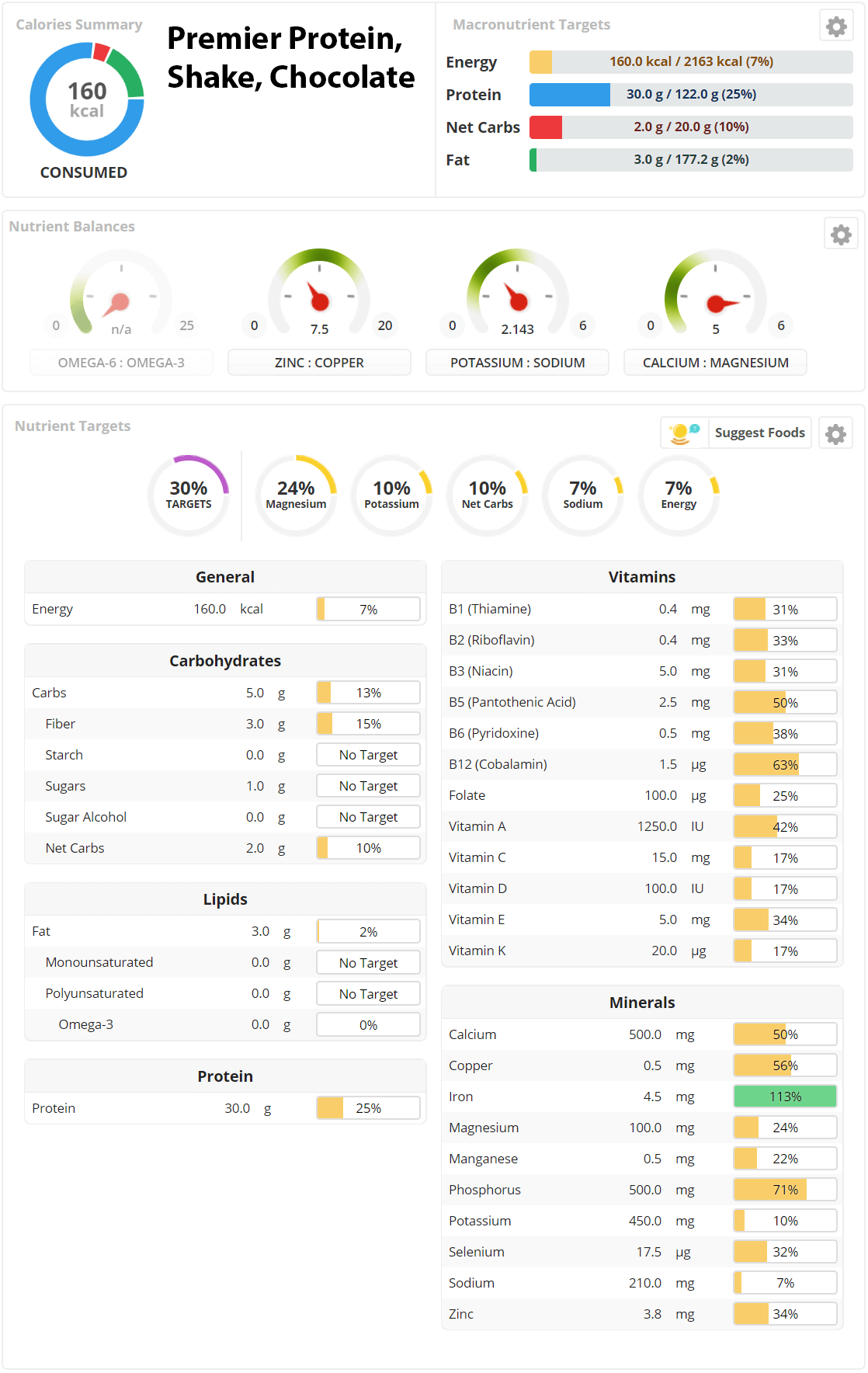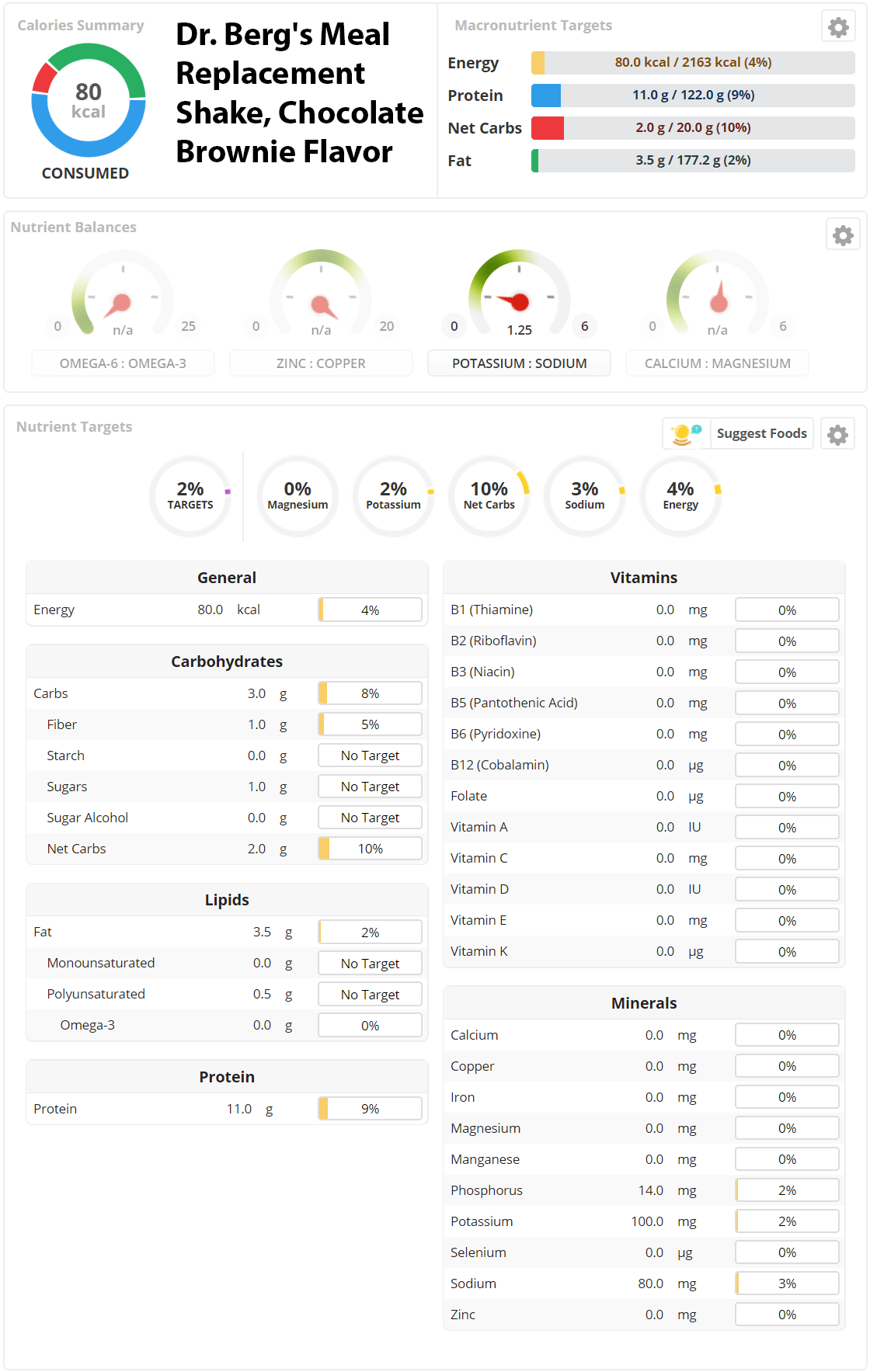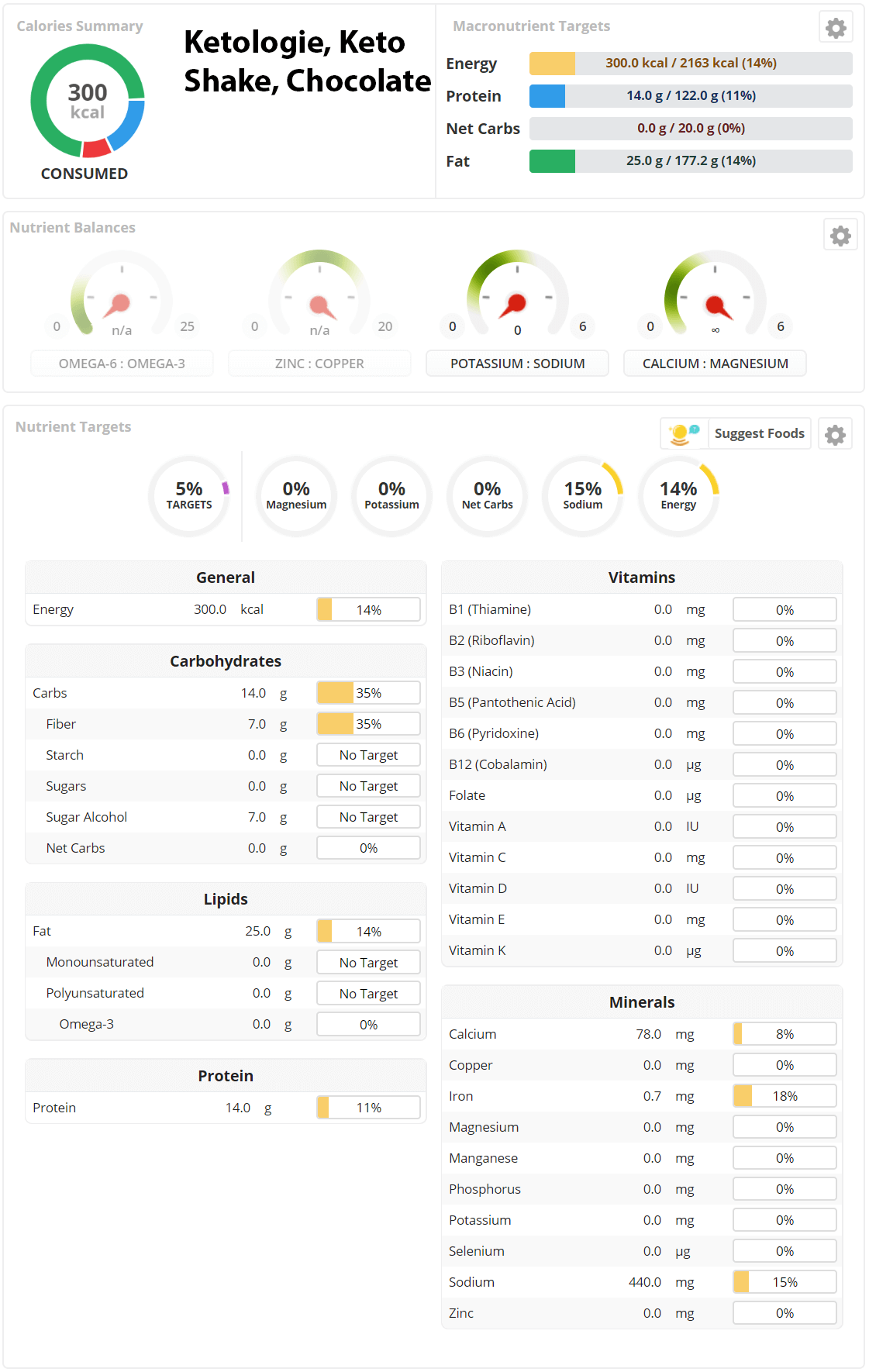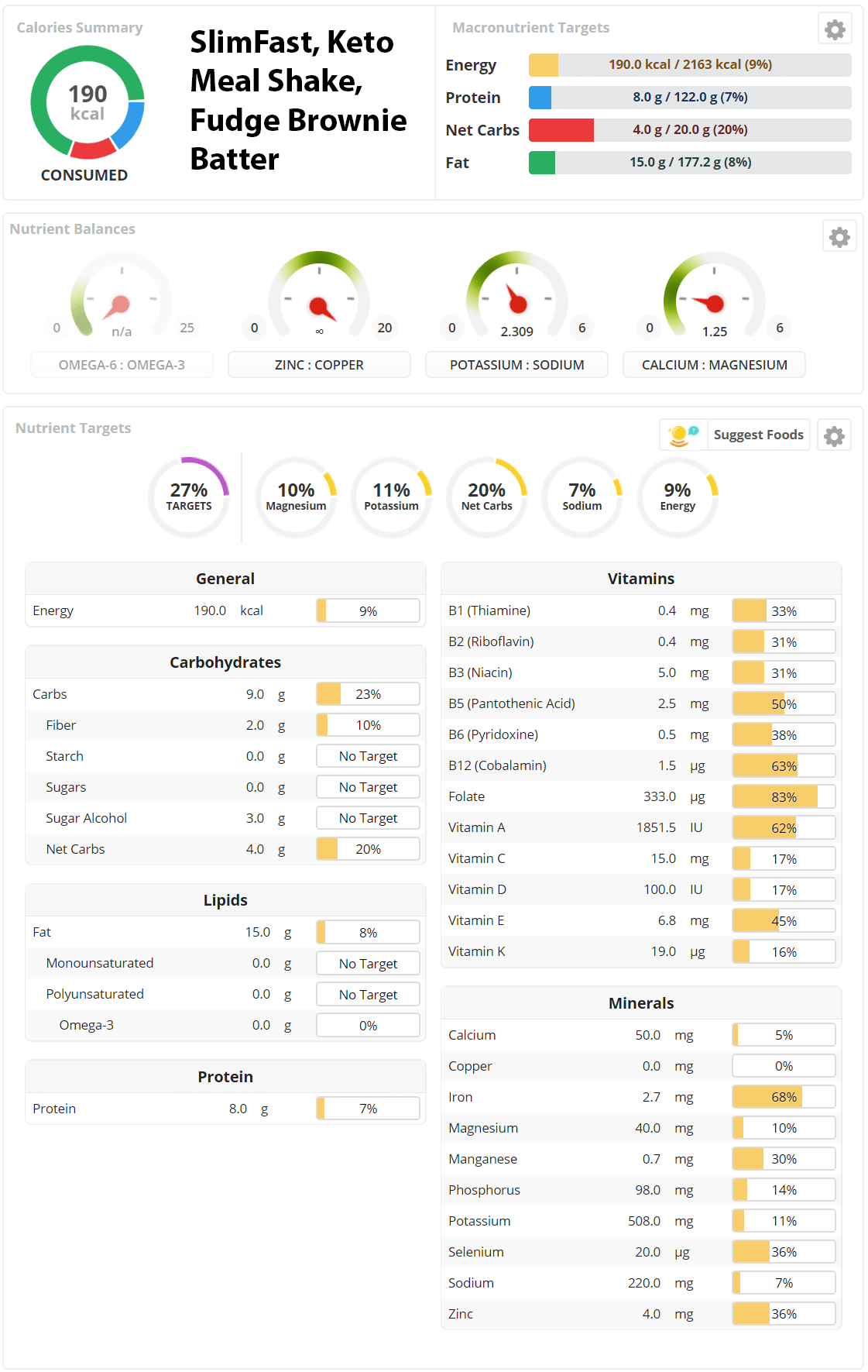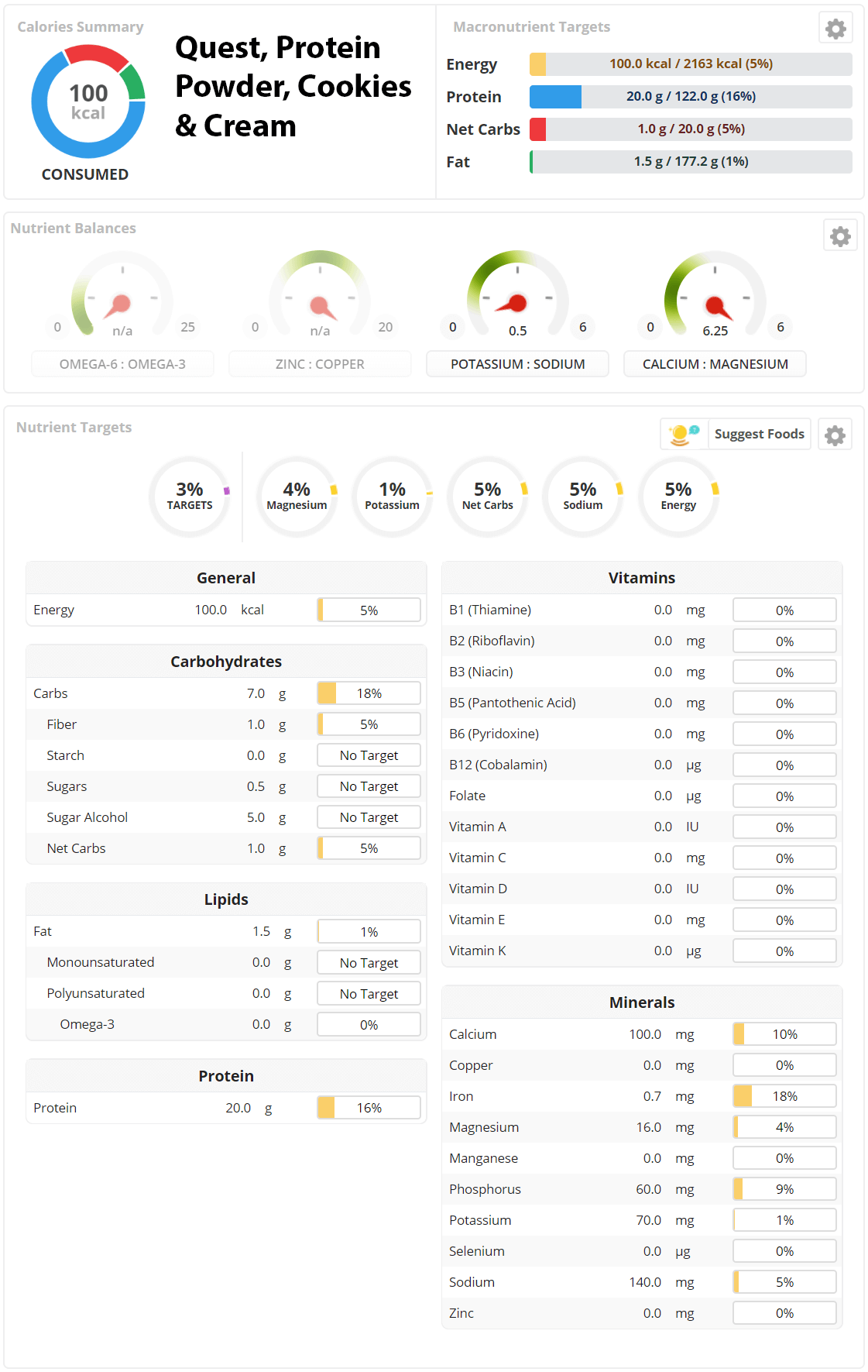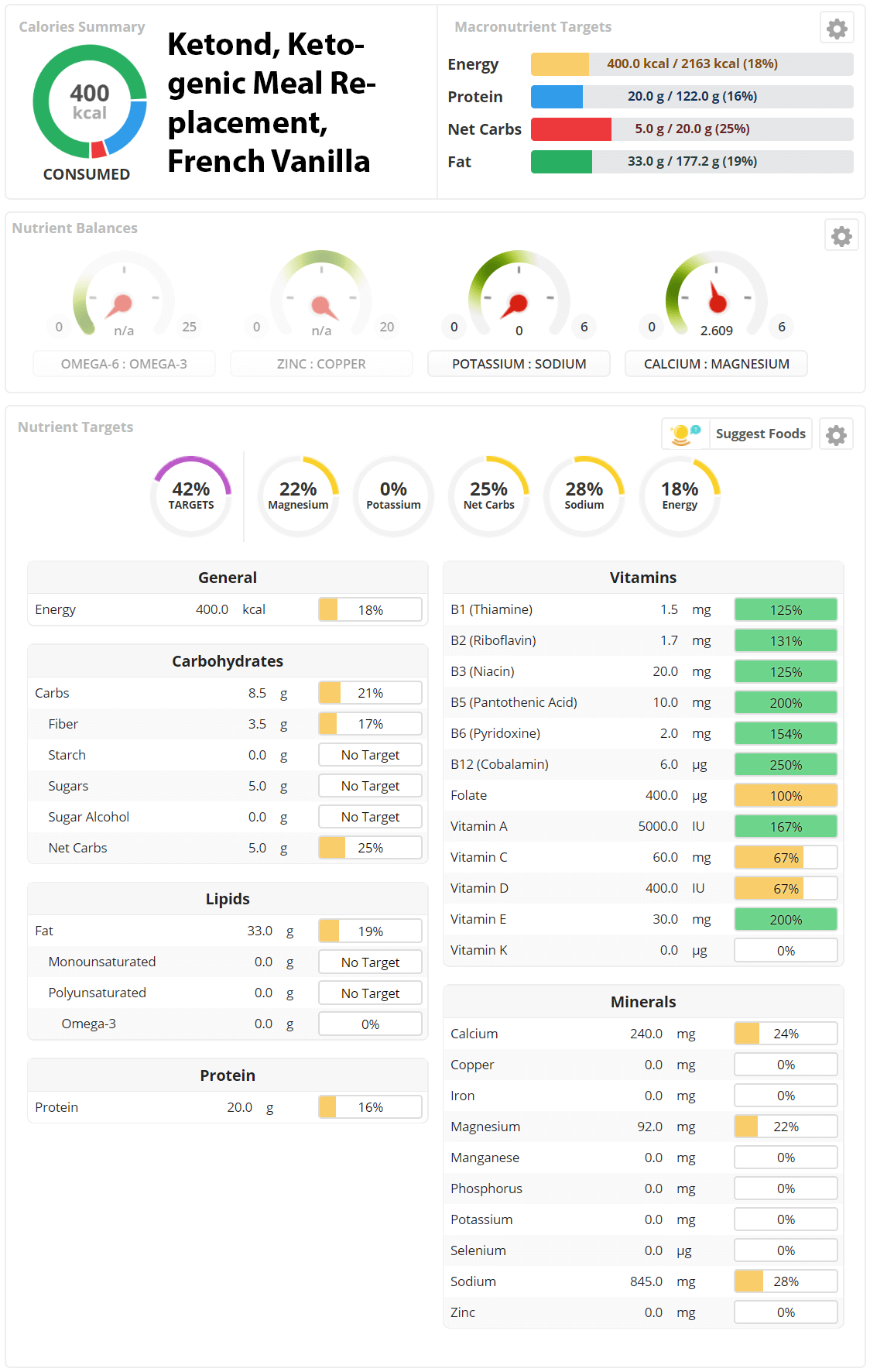100 Days of Keto (Chow) Day 00 – Last day of “normal”
Last night we did our yearly New Year keto party, the food was excellent. Today I had my last “normal” day before the 100 days of Keto Chow begins. We went sledding, that was a lot of fun. We also went out to dinner one last time as a family (no I’m not dying). I got the sensible 16oz prime rib along with “loaded” broccoli:
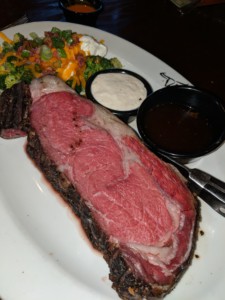 This morning I did the initial weigh-in for the DietBet Challenge and tomorrow I’ll do the initial weigh-in for my city weight loss competition. If you’re thinking about joining the challenge, there’s still time!
This morning I did the initial weigh-in for the DietBet Challenge and tomorrow I’ll do the initial weigh-in for my city weight loss competition. If you’re thinking about joining the challenge, there’s still time!
Lastly, we did our weekly Facebook LIVE. Here’s the version that went up live (I’ll have the higher quality one up on YouTube tomorrow):

